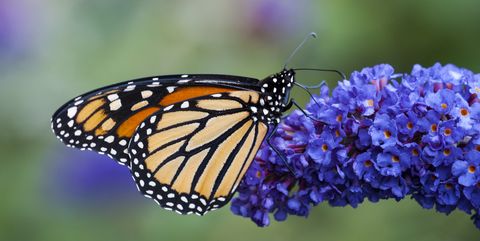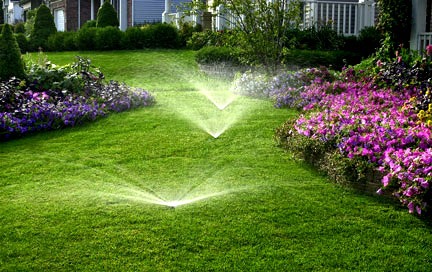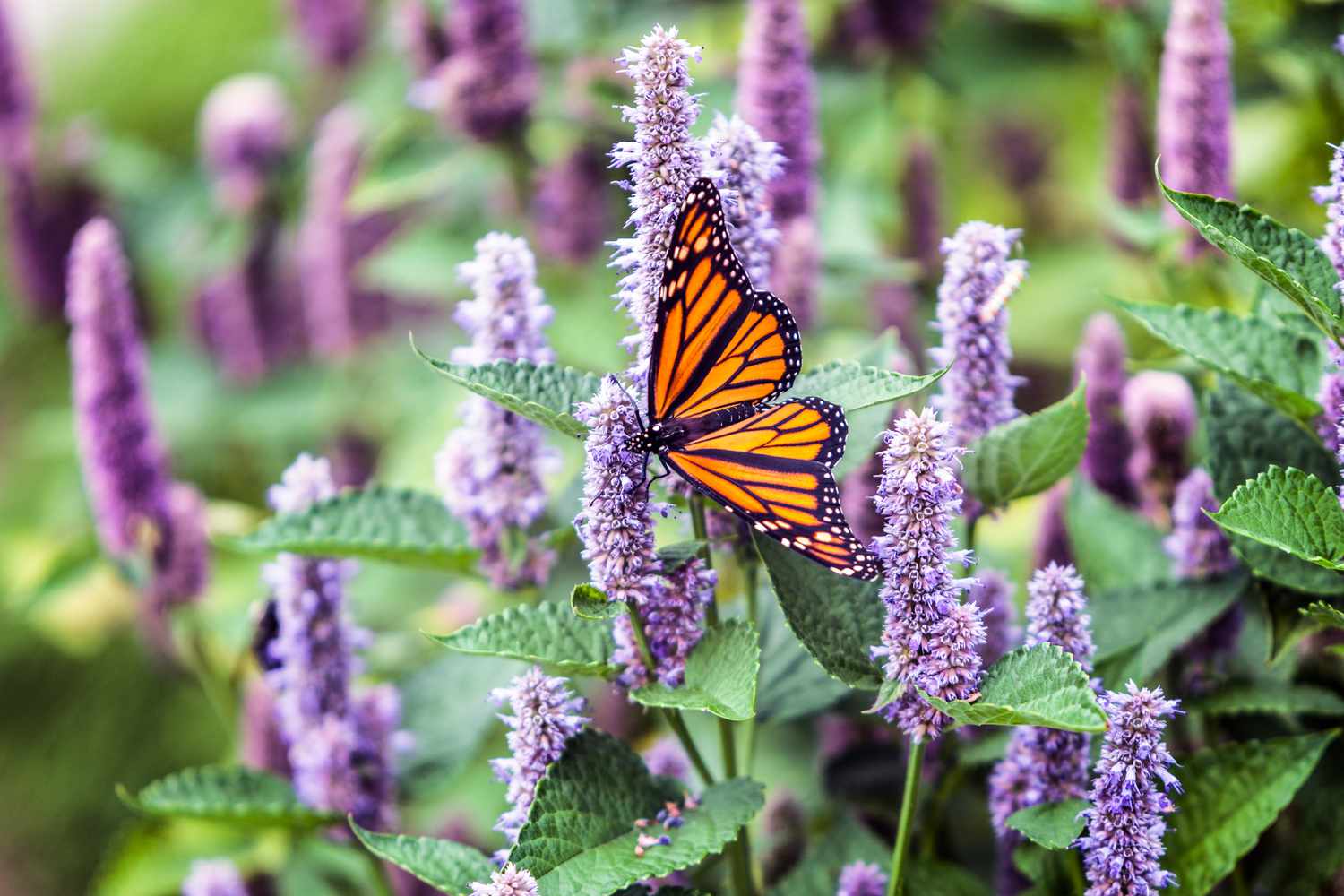Unveiling the Charm of South Florida Landscapes
South Florida’s landscapes are a testament to the region’s unique climate, offering a rich tapestry of colors, textures, and forms that captivate the senses. This area, known for its warm, tropical climate, is home to a diverse array of plants that thrive under the sun and in the occasional embrace of the sea breeze. The charm of South Florida landscapes lies not just in their aesthetic appeal but also in their resilience and adaptability to the local environment.
Creating a tropical garden in South Florida means selecting plants that are not only beautiful but also drought-tolerant and capable of withstanding the region’s intense heat and humidity. Native Florida landscaping plays a crucial role in this, as indigenous plants are naturally adapted to the local climate and soil conditions, requiring less water and maintenance than non-native species. This approach to gardening not only enhances the visual appeal of the landscape but also promotes biodiversity and supports local wildlife.
Among the myriad options for South Florida gardens, certain plants stand out for their exceptional beauty and practicality. These include both sun-loving species that bask in the region’s abundant light and shade plants that provide cool retreats under their lush foliage. Florida-friendly landscaping emphasizes the use of such plants to create gardens that are not only stunning but also sustainable and easy to care for.
In summary, the charm of South Florida landscapes is rooted in their ability to blend aesthetic beauty with environmental sustainability. By choosing the right plants, gardeners and landscapers can create spaces that are not only visually appealing but also resilient and in harmony with the local ecosystem. The key is to select species that are well-suited to the climate and soil of South Florida, ensuring a vibrant and thriving garden year-round.
The Majestic Royal Palm – A Symbol of Tropical Elegance
The Royal Palm stands as a towering testament to the beauty and resilience of South Florida’s landscapes. This iconic tree, with its sleek, gray trunk and lush, green fronds, brings a touch of tropical elegance to any setting. Native to the region, the Royal Palm thrives in the warm, humid climate of South Florida, making it a favorite among both homeowners and landscaping professionals.
Reaching heights of up to 100 feet, the Royal Palm demands attention and admiration. Its presence is not just about aesthetics; it also serves as a natural habitat for various wildlife, offering shelter and food to birds and small mammals. This aspect makes it an excellent choice for those looking to create a tropical garden that supports biodiversity.
When considering the Royal Palm for landscaping, it’s important to note its growth requirements. This majestic tree prefers full sun exposure and well-drained soil, making it a suitable candidate for Florida-friendly landscaping. It’s also remarkably drought-tolerant once established, which aligns with the needs of gardeners and landscapers seeking low-maintenance, drought-tolerant plants for South Florida.
Moreover, the Royal Palm is resistant to most pests and diseases, further reducing the need for chemical treatments and ensuring a healthier environment for both the plants and the local wildlife. Its adaptability to various soil types and conditions makes it a versatile choice for different landscaping projects, from residential gardens to public parks.
Incorporating the Royal Palm into your South Florida landscape not only enhances the visual appeal of your space but also contributes to the ecological balance of the area. Its stately beauty and practical benefits make the Royal Palm a symbol of tropical elegance and a cornerstone of native Florida landscaping.

Bougainvillea – Bursting with Color and Life
The vibrant Bougainvillea stands as a testament to the lively essence of South Florida’s landscapes. Known for its dazzling array of colors, from deep purples to fiery reds and bright pinks, this plant encapsulates the spirit of tropical garden plants in Florida. Its resilience and ability to thrive in the region’s climate make it a favorite among both novice and experienced gardeners. Bougainvillea’s adaptability to various soil types and its drought-tolerant nature align perfectly with the gardening ethos in South Florida, where water conservation is increasingly important.
Aside from its aesthetic appeal, the Bougainvillea offers practical benefits as well. It serves as an excellent natural barrier or privacy hedge, thanks to its dense growth habit. This feature is particularly valuable for homeowners seeking to create secluded, serene outdoor spaces. Moreover, its minimal maintenance requirements, aside from occasional pruning to maintain shape and encourage blooming, make it an ideal choice for Florida-friendly landscaping.
For those looking to add a burst of color and life to their gardens, the Bougainvillea is unmatched. Its ability to flourish under the South Florida sun, coupled with its minimal water needs, positions it as a stellar choice for adding vibrancy to any tropical garden. Whether trained to climb along fences and trellises or allowed to sprawl as a colorful ground cover, Bougainvillea’s versatility and stunning beauty make it a cornerstone of native Florida landscaping. Embracing this plant in your garden not only enhances its visual appeal but also supports a landscape that is in harmony with the region’s natural ecosystem.
Florida Thatch Palm – An Indigenous Beauty
The Florida Thatch Palm stands as a testament to the resilience and beauty inherent to South Florida’s native flora. Thriving in the unique climatic conditions of the region, this indigenous palm is not only a symbol of tropical elegance but also a cornerstone of Florida-friendly landscaping. Its slender trunk and lush, fan-shaped fronds create a picturesque silhouette that enhances any garden or landscape, embodying the essence of a tropical paradise.
Adapted to the region’s soil and weather, the Florida Thatch Palm is a champion among drought-tolerant plants in South Florida. Its ability to withstand periods of dryness, coupled with its moderate tolerance for salt, makes it an ideal choice for coastal and inland gardens alike. This palm’s adaptability extends to its light preferences, as it flourishes in both full sun and partial shade, making it a versatile addition to South Florida shade gardens.
Beyond its aesthetic appeal, the Florida Thatch Palm contributes significantly to the local ecosystem. It serves as a habitat and food source for a variety of wildlife, including birds and insects, thus promoting biodiversity. This aspect aligns with the principles of native Florida landscaping, which emphasizes the use of indigenous plants to support local wildlife and reduce the ecological footprint of gardens and landscapes.
Incorporating the Florida Thatch Palm into your garden not only elevates the visual appeal of your outdoor space but also supports a sustainable and eco-friendly landscaping approach. Its low maintenance requirements and resilience make it a favored choice among gardening enthusiasts and landscaping professionals aiming to capture the quintessential South Florida aesthetic while adhering to Florida-friendly landscaping practices.

Firebush – A Haven for Wildlife
The Firebush, scientifically known as Hamelia patens, stands out as a beacon of vibrant color and life in the South Florida landscape. This native plant is not only admired for its striking orange-red flowers that bloom year-round but also for its exceptional ability to attract a diverse array of wildlife, making it a vital component of Florida-friendly landscaping. The tubular flowers are a magnet for hummingbirds and butterflies, including the zebra longwing, Florida’s state butterfly, which are drawn to its nectar. In addition to its allure for pollinators, the Firebush produces small berries that turn from green to black as they mature, providing a valuable food source for birds.
Aside from its ecological benefits, the Firebush is highly regarded for its adaptability and resilience, thriving in both full sun and partial shade. This makes it an excellent choice for gardeners and landscapers looking to add a touch of color and life to various parts of their garden. Moreover, it is one of the drought-tolerant plants in South Florida, requiring minimal care once established, which aligns with the principles of sustainable gardening and conservation.
Its versatility extends beyond its environmental adaptability; the Firebush can be pruned into a formal hedge or allowed to grow naturally, reaching up to 10 feet in height, which makes it a perfect fit for native Florida landscaping designs that aim to create a more natural and wildlife-friendly garden space. Incorporating Firebush into your garden not only enhances its aesthetic appeal with its fiery blooms but also contributes to the local ecosystem by supporting wildlife, embodying the essence of tropical garden plants in Florida.
Muhly Grass – A Wispy Wonder
Muhly Grass, scientifically known as Muhlenbergia capillaris, stands as a testament to the effortless beauty and resilience that characterizes South Florida’s native flora. This ornamental grass, with its delicate, feathery plumes that dance in the slightest breeze, brings a touch of whimsy and movement to any landscape. Its adaptability to a range of soil types, coupled with its drought tolerance, makes it an exemplary choice for Florida-friendly landscaping.
During the fall, Muhly Grass transforms into a breathtaking spectacle, with its pink to lavender inflorescences creating a misty, ethereal effect that can soften any garden’s appearance. This visual appeal, however, is not its only merit. Muhly Grass is incredibly low-maintenance, requiring minimal care once established. It thrives in full sun but can tolerate partial shade, making it versatile for various garden designs and locations. Moreover, its drought-tolerant nature aligns perfectly with the environmental conditions of South Florida, reducing the need for frequent watering and care.
Aside from its aesthetic and practical benefits, Muhly Grass serves an important ecological role. It provides habitat and food for local wildlife, including birds and butterflies, enhancing the biodiversity of garden ecosystems. This aspect makes it not only a choice for beauty but also for sustainability and supporting native wildlife.
Incorporating Muhly Grass into your South Florida garden or landscape not only elevates the visual appeal of your outdoor space but also contributes to a more sustainable, low-maintenance, and wildlife-friendly environment. Its ability to thrive in the challenging conditions of South Florida, combined with its stunning visual display and ecological benefits, truly makes Muhly Grass a wispy wonder worth considering for any tropical garden or landscape.

Cocoplum – The Hardy Native
The Cocoplum, a stalwart of South Florida landscapes, stands as a testament to the beauty and resilience of native Florida landscaping. This hardy shrub, scientifically known as Chrysobalanus icaco, thrives in the diverse conditions of South Florida, from the sun-drenched coasts to the dappled shade of inland areas. Its adaptability makes it a cornerstone in Florida-friendly landscaping, offering an array of benefits for gardeners and wildlife alike.
One of the Cocoplum’s most notable features is its drought tolerance, making it an ideal choice for gardeners seeking low-maintenance, drought-tolerant plants in South Florida. Once established, the Cocoplum requires minimal watering, conserving resources while still providing lush, green foliage and an attractive, dense growth habit. This characteristic is particularly valuable in South Florida’s variable climate, where periods of intense heat and dryness can challenge less resilient plants.
In addition to its practical benefits, the Cocoplum enchants with its aesthetic appeal. The plant produces small, white flowers that add a subtle charm to its surroundings, followed by round, purple fruits that attract a variety of wildlife. These features make the Cocoplum not only a visually appealing addition to tropical garden plants in Florida but also a haven for birds and other fauna, contributing to the biodiversity of the area.
For those interested in South Florida shade plants, the Cocoplum offers versatility. It can thrive in both sunny and partially shaded locations, providing flexibility in garden design and landscaping projects. Its ability to adapt to different light conditions allows it to be incorporated into various parts of a garden, from sunny borders to shaded undercanopies, making it a versatile choice for any South Florida gardener.
In conclusion, the Cocoplum exemplifies the beauty and resilience of native Florida plants. Its drought tolerance, wildlife appeal, and versatility in landscaping make it an invaluable addition to any South Florida garden, embodying the essence of Florida-friendly landscaping.
Silver Buttonwood – A Touch of Silver
The Silver Buttonwood stands out as a unique and captivating addition to any South Florida landscape. With its striking silvery-grey foliage, this plant brings a touch of elegance and contrast to the vibrant greens typically found in tropical gardens. Native to Florida, the Silver Buttonwood is not only beautiful but also incredibly resilient, making it an ideal choice for those seeking drought-tolerant plants in South Florida.
Adaptable to a variety of soil types, the Silver Buttonwood thrives in both sun and partial shade, making it a versatile option for Florida-friendly landscaping. Its tolerance to salt spray also makes it a perfect candidate for coastal areas, where it can often be seen enhancing the natural beauty of seaside properties. The plant’s dense foliage and ability to be shaped through pruning allow it to serve multiple roles in the landscape, from a stunning standalone specimen to an effective privacy hedge or windbreak.
Beyond its aesthetic appeal, the Silver Buttonwood is beneficial for the local ecosystem. It provides habitat and food for various wildlife, including birds and insects, contributing to the biodiversity of South Florida gardens. For homeowners and landscaping professionals looking to incorporate native Florida landscaping elements that are both beautiful and functional, the Silver Buttonwood is an excellent choice.
Incorporating Silver Buttonwood into your garden or landscape project not only enhances the visual appeal of your outdoor space but also supports sustainable gardening practices by choosing a plant that is well-adapted to the local climate and environment. Whether you’re designing a tropical garden oasis or seeking to add unique elements to your Florida-friendly landscape, the Silver Buttonwood offers a blend of beauty, resilience, and ecological benefits that is hard to match.
Saw Palmetto – A Rugged Survivor
The Saw Palmetto, a symbol of resilience and adaptability, stands as a testament to the rugged beauty inherent to South Florida’s landscapes. This native palm, scientifically known as Serenoa repens, thrives under the harsh conditions that would wilt lesser species, making it an ideal choice for Florida-friendly landscaping. Its ability to withstand drought, poor soil quality, and salt spray allows it to prosper in a variety of settings, from coastal areas to inland retreats.
Characterized by its fan-shaped, silver-green fronds and its ability to form dense thickets, the Saw Palmetto serves multiple roles in the garden. Not only does it provide an impenetrable ground cover that suppresses weeds and stabilizes soil, but it also offers valuable habitat and food for wildlife. The berries it produces in late summer and fall are a vital food source for many bird species, as well as for other wildlife, making it an essential component of a wildlife-friendly garden.
For homeowners and landscaping professionals in South Florida, incorporating Saw Palmetto into the garden or landscape design promises not just aesthetic appeal but also ecological benefits. Its low maintenance requirements and drought tolerance make it a cost-effective and environmentally friendly choice. Whether used as a standalone specimen, in mass plantings for privacy screens, or as part of a mixed border, the Saw Palmetto adds a touch of wild, untamed beauty to any setting.
In conclusion, the Saw Palmetto is more than just a plant; it’s a rugged survivor, perfectly adapted to the challenges of South Florida’s climate. Its presence in the landscape serves as a reminder of the beauty and resilience of native Florida landscaping, making it a top choice for those seeking to create a tropical garden that is both beautiful and sustainable.
Saw Palmetto – A Rugged Survivor
The Saw Palmetto, a symbol of resilience and adaptability, stands as a testament to the rugged beauty inherent to South Florida’s landscapes. This native palm, with its distinctive fan-shaped leaves and hardy nature, is not just a plant; it’s a survivor, thriving where others might falter. Its ability to withstand drought conditions, coupled with its tolerance for various soil types, makes it an ideal choice for Florida-friendly landscaping.
Not only is the Saw Palmetto drought-tolerant, but it also serves as a vital component of the local ecosystem, offering shelter and food to wildlife. Its berries are a source of nourishment for a variety of animals, including birds and mammals, playing a crucial role in the biodiversity of South Florida. This aspect makes it an excellent selection for gardeners and landscapers who are looking to create a garden that supports local wildlife.
Moreover, the Saw Palmetto’s versatility extends beyond its ecological benefits. It is equally valued for its aesthetic appeal. Whether used as a standalone specimen or as part of a larger landscaping design, it adds a touch of wild, natural beauty to any garden. Its low maintenance requirements further enhance its appeal, making it a favorite among homeowners and gardening enthusiasts alike.
Incorporating Saw Palmetto into your South Florida garden or landscape not only contributes to a lush, tropical aesthetic but also promotes a sustainable, eco-friendly gardening practice. By choosing this rugged survivor, you’re not just selecting a plant; you’re making a statement about resilience, sustainability, and the beauty of native Florida landscaping.
